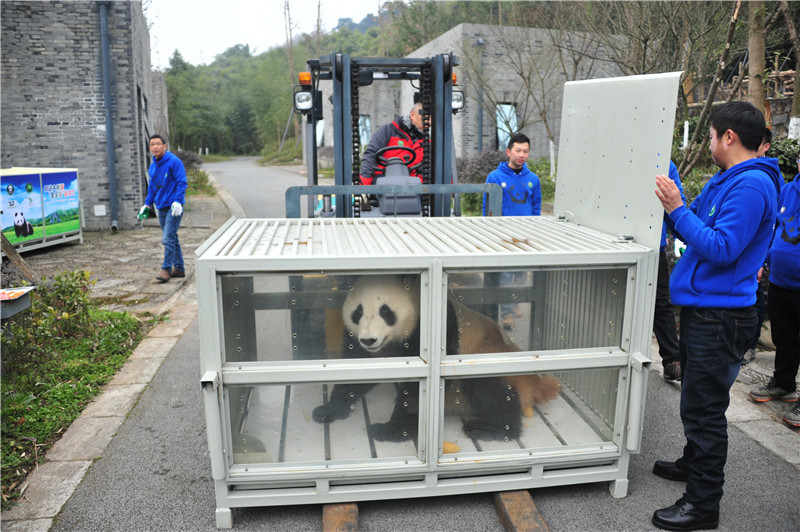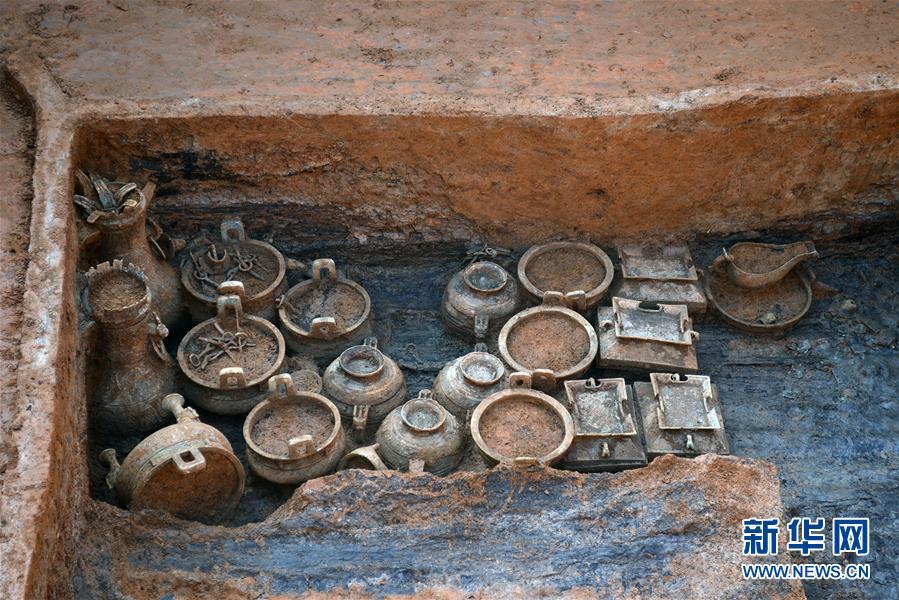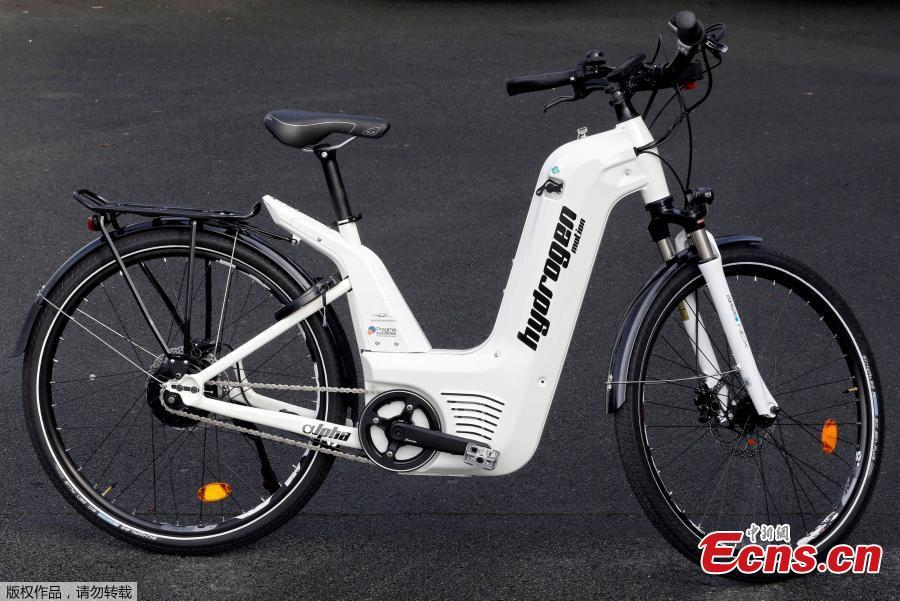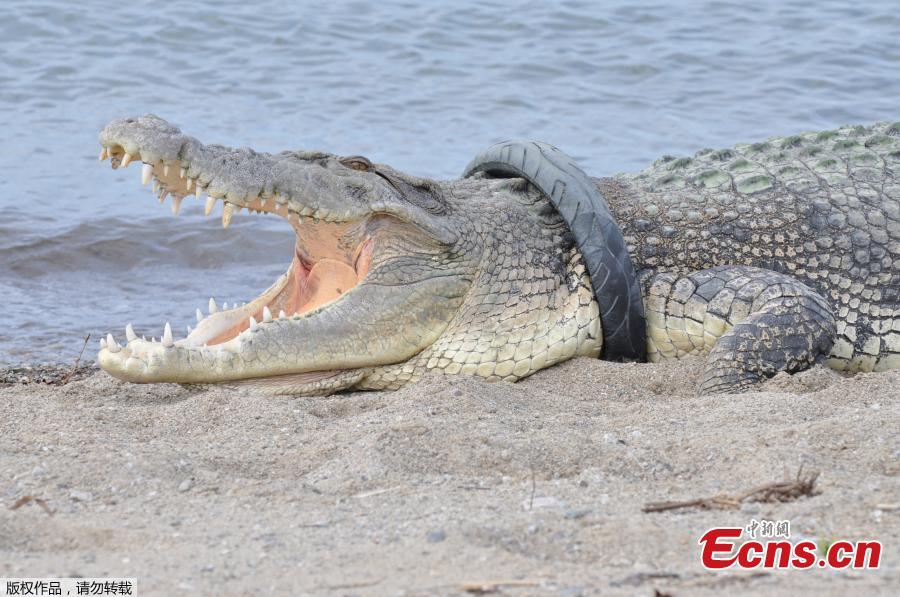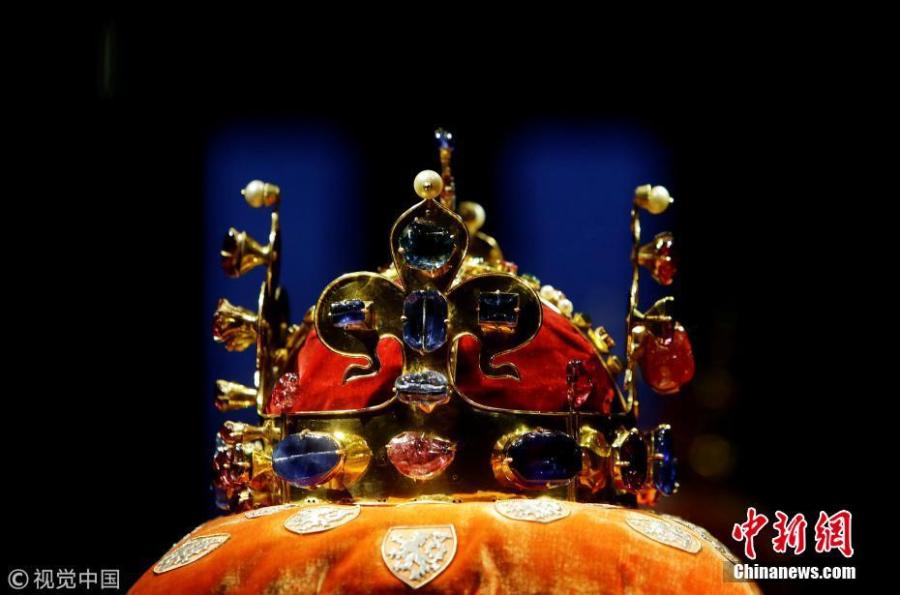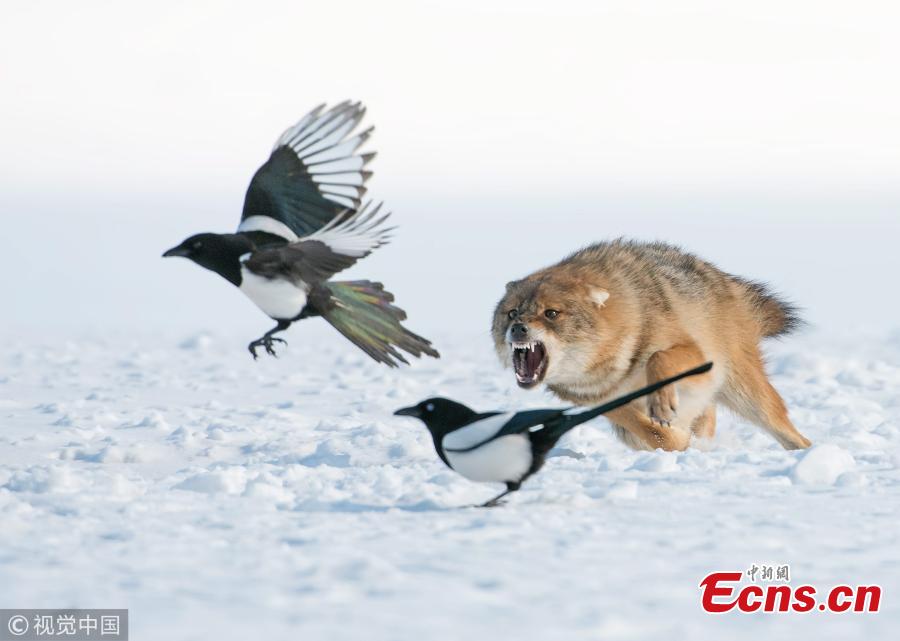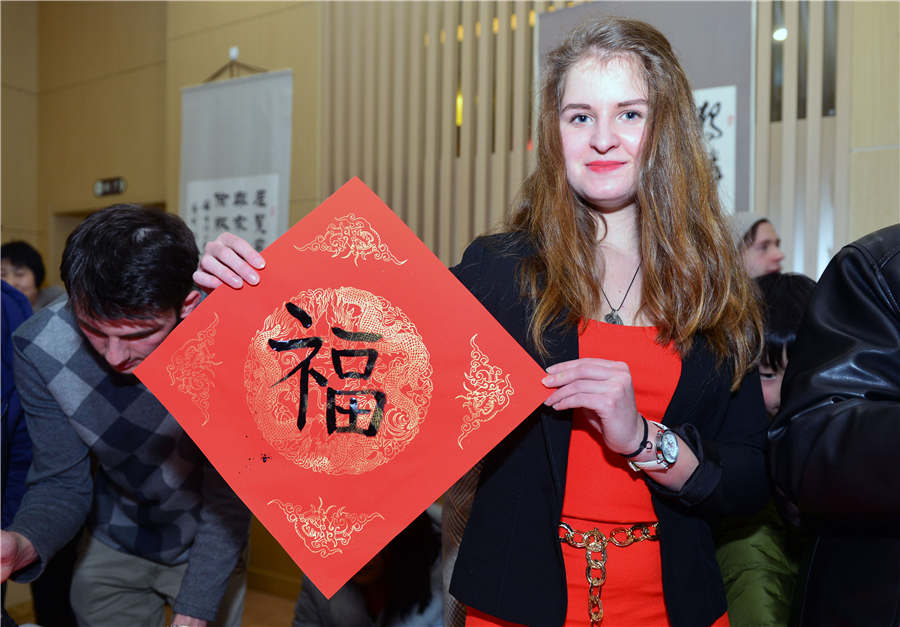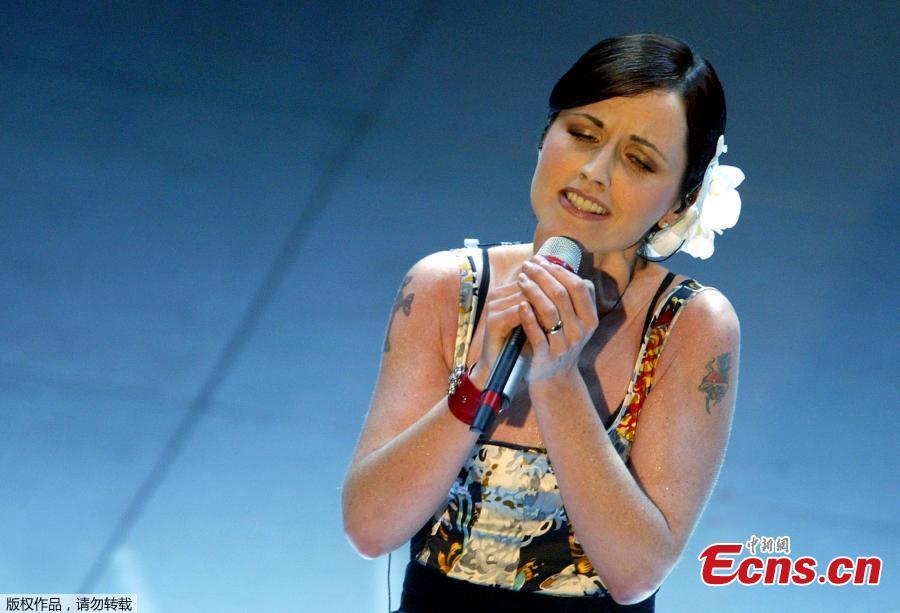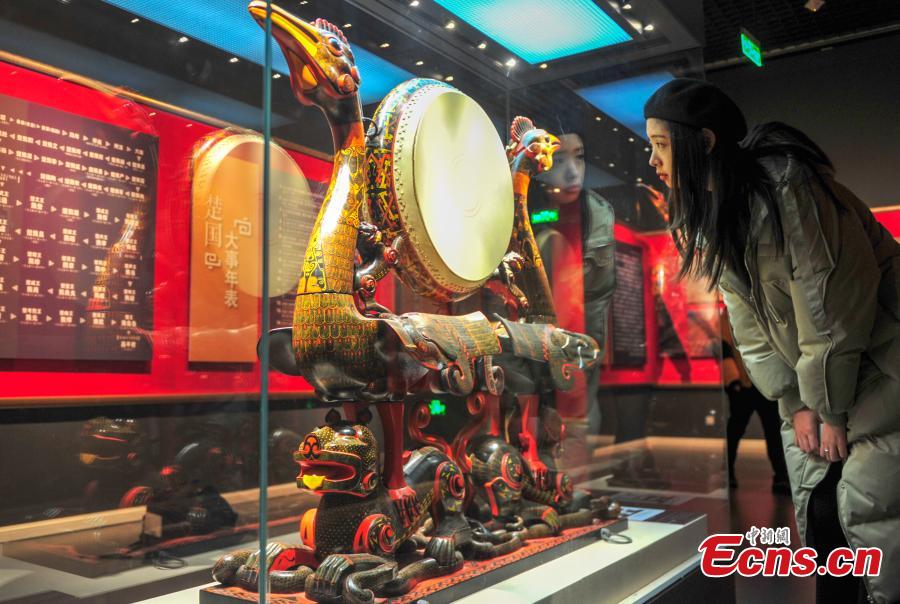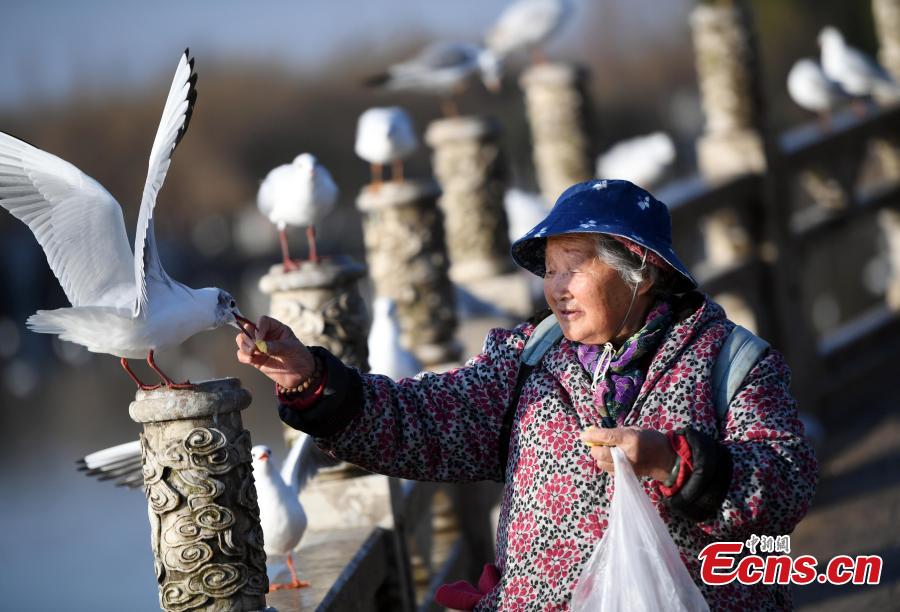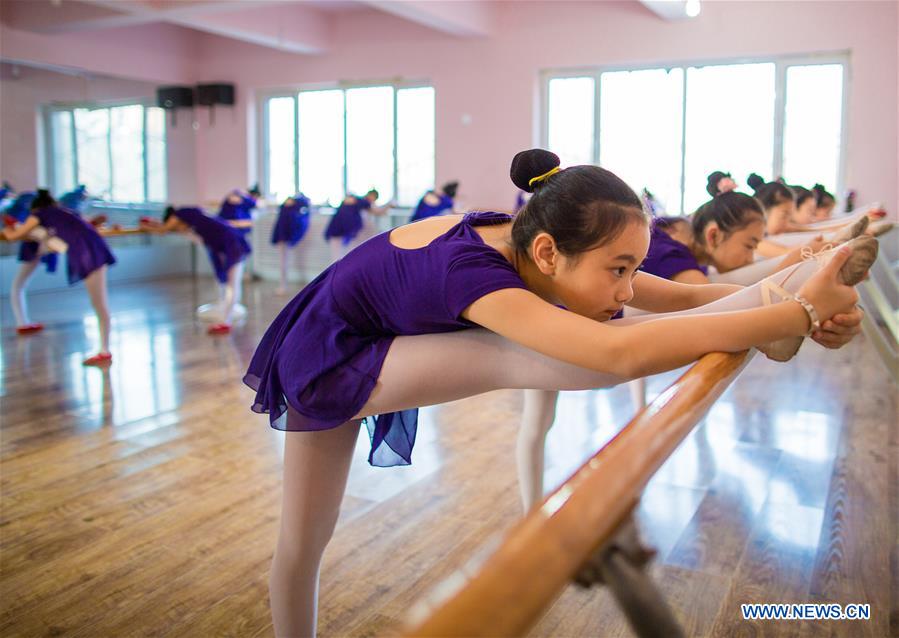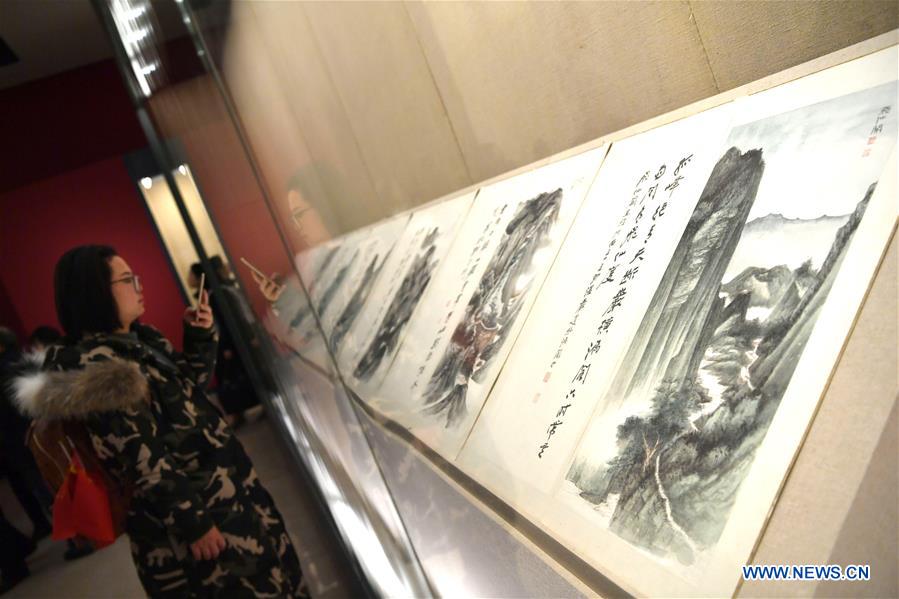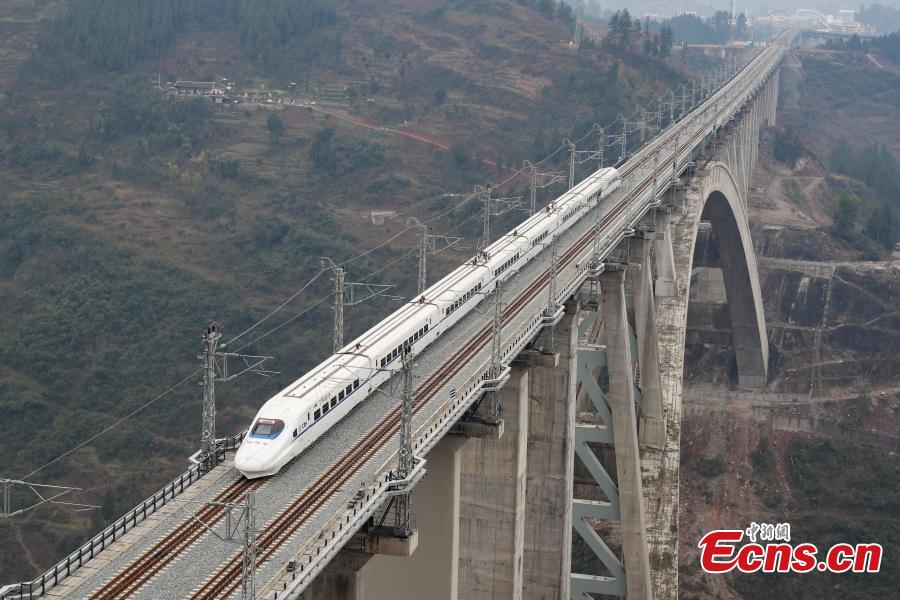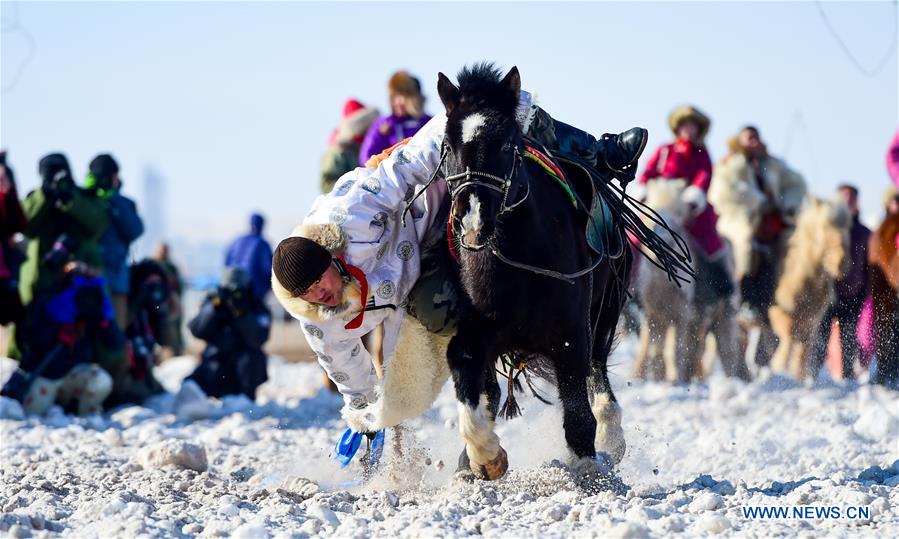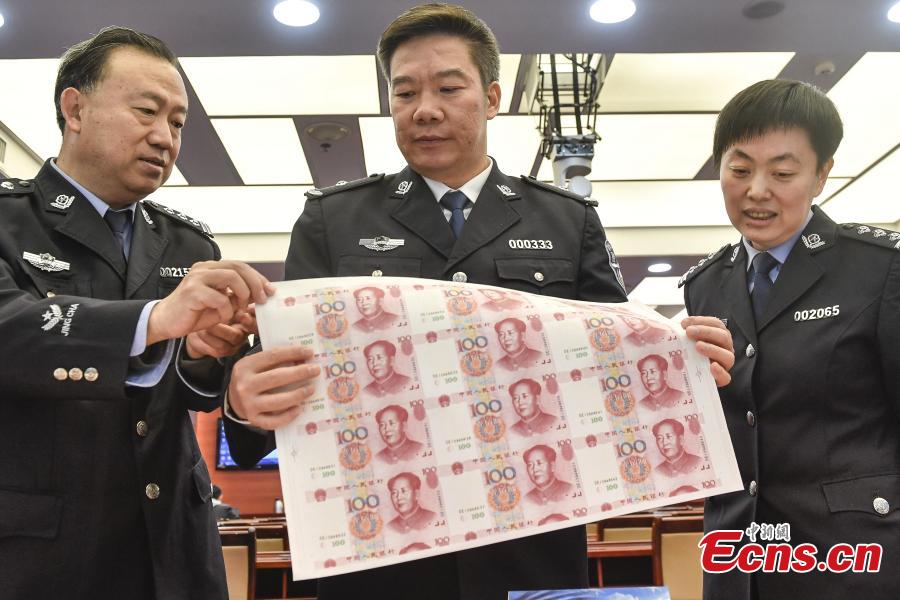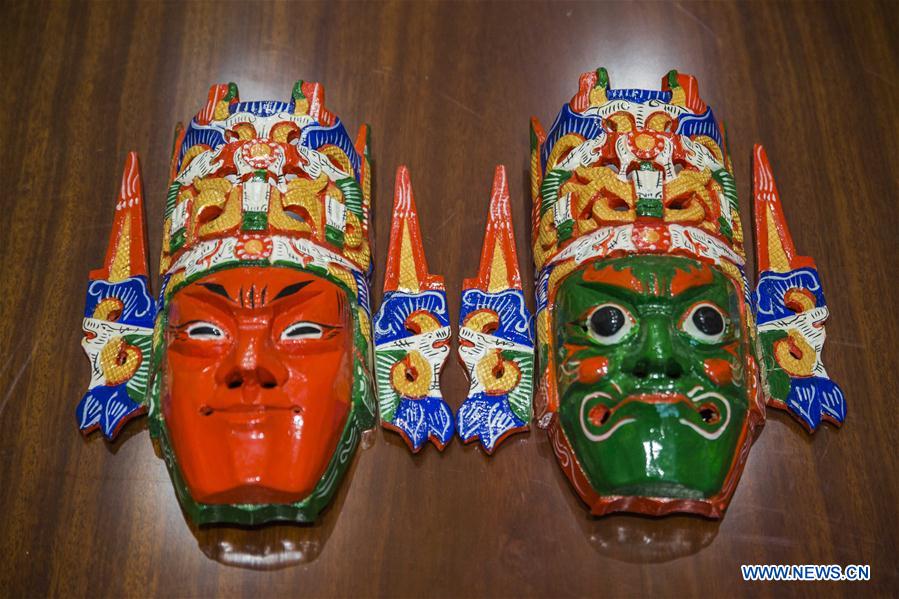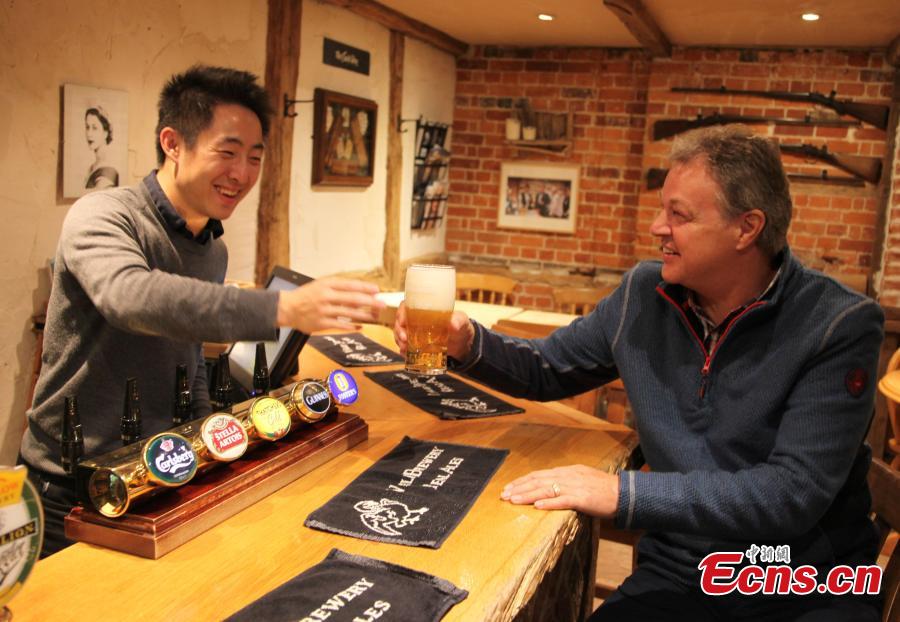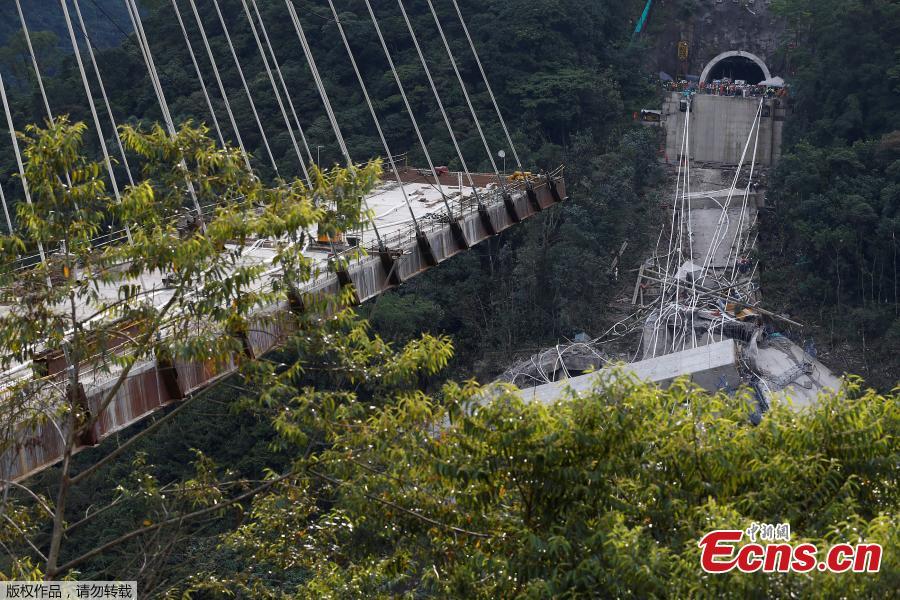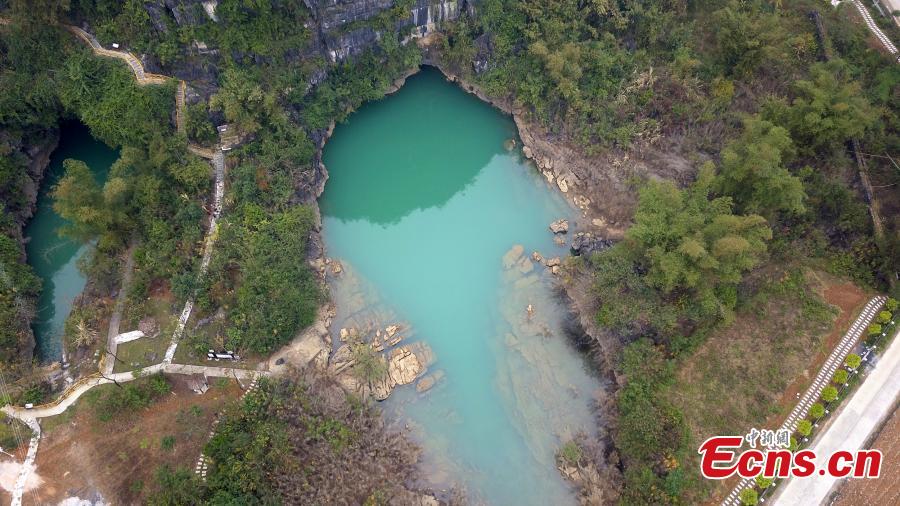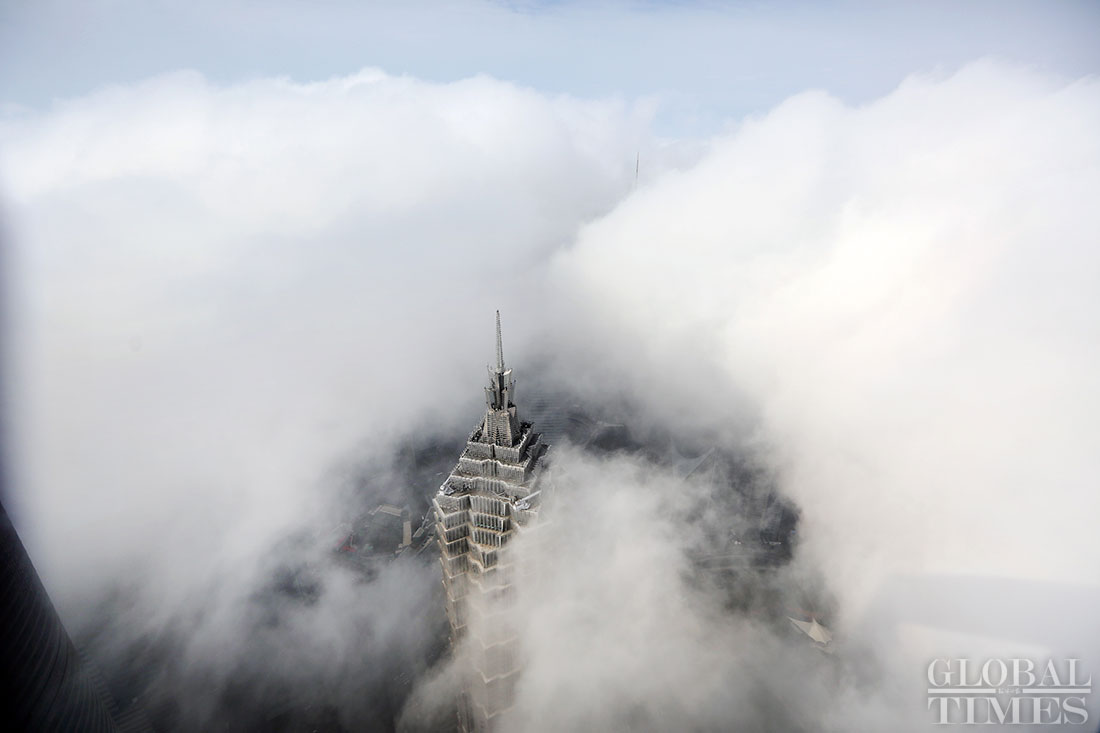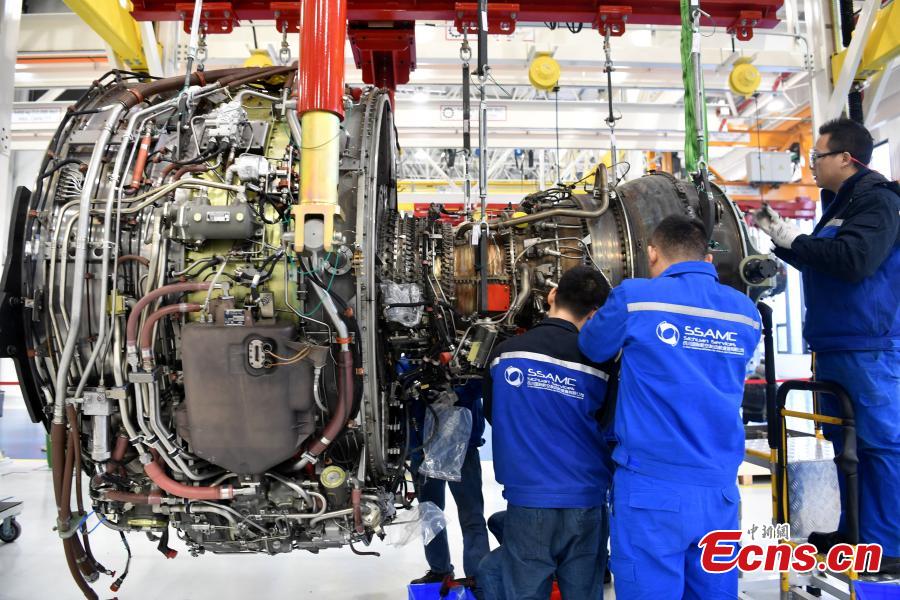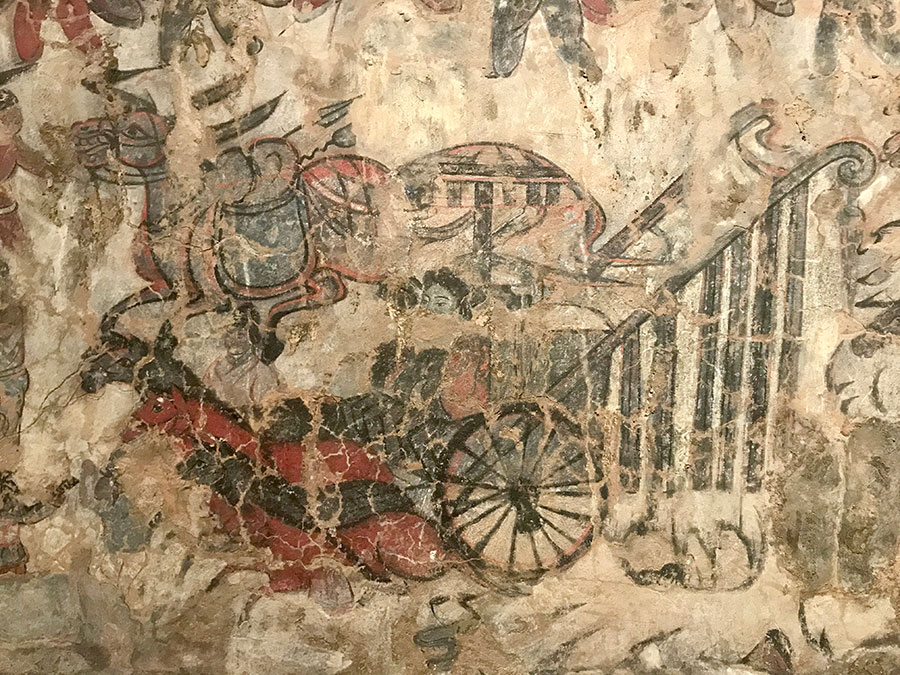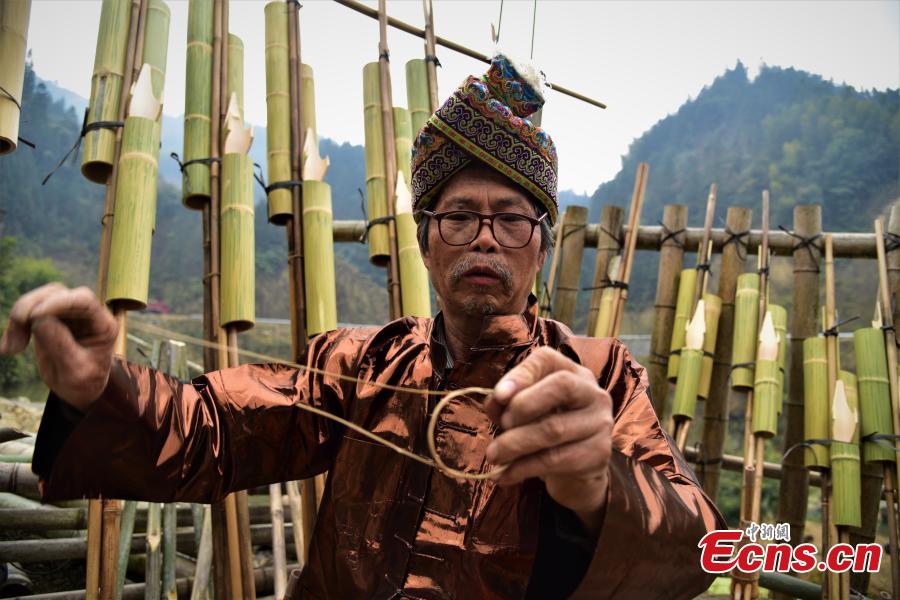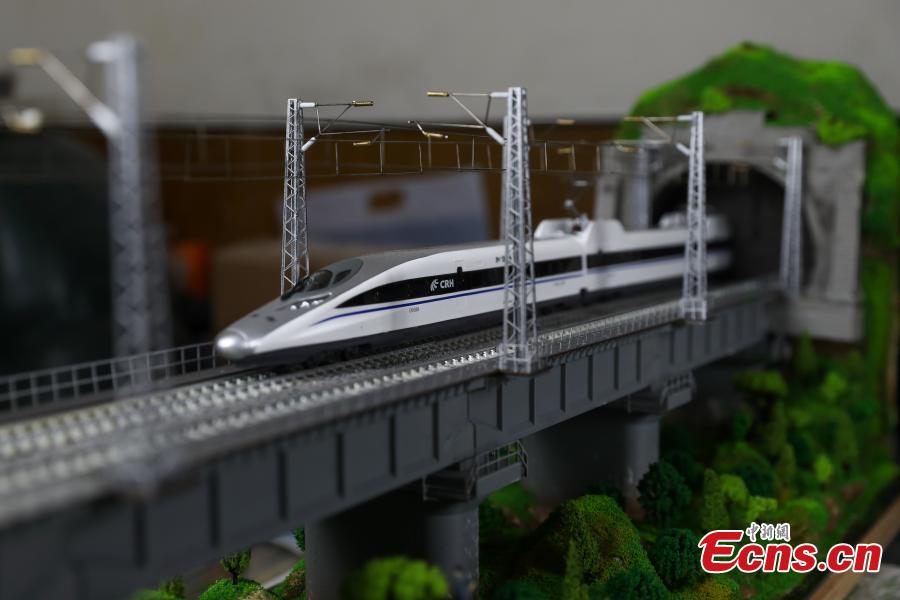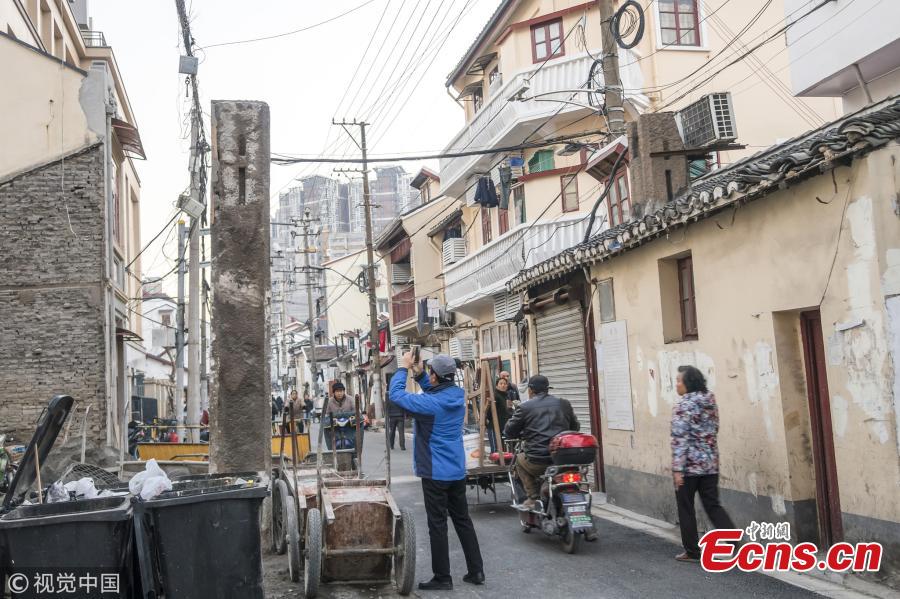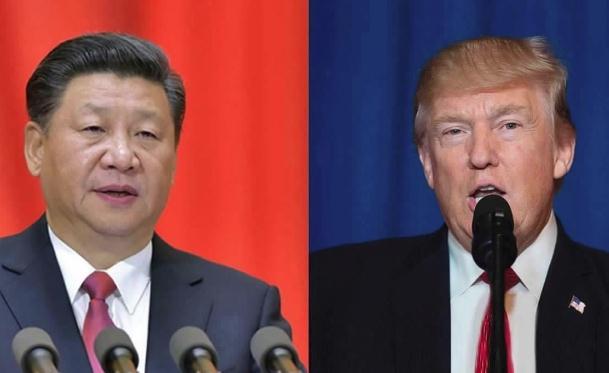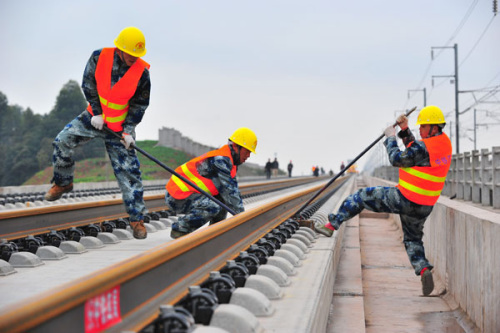
Workers from China Railway Construction Group lay tracks along the Chengdu-Guiyang high-speed railway line. (Photo by Cao Ning/For China Daily)
Enterprises will be asked to repay bonds, reduce systemic issues
China aims to cut the average debt-to-asset ratio by another 2 percentage points for its centrally administered, State-owned enterprises by 2020, the country's State asset regulator said on Wednesday.
The average debt ratio for central SOEs stood at 66.3 percent by the end of 2017, down 0.4 percentage point from the beginning of the year. Sixty-two of these big companies have managed to lower their debt ratio in comparison with the previous year and 40 of them saw this figure fall by more than 1 percent.
Shen Ying, chief accountant at the State-owned Assets Supervision and Administration Commission, said as the government will continue to leverage and cut debt, as well as urge SOEs to repay their bonds on time this year, central SOEs are confident and able to repay their debt and prevent systemic risks in 2018.
"There was no issue of bond default by central SOEs in 2017," she said. "We will continue to push SOE reforms, in particular in their operational mechanism, methods of building a modern enterprise system, regulatory measures of State-owned assets and the cultivation of entrepreneurship in 2018."
The SASAC will tighten controls on auditing, review submitted information and build long-term supervision mechanisms to prevent fraudulent data activities in central SOEs, as well as punish company executives, who break the rules, from a long-term perspective.
China currently has 98 centrally administered SOEs. They gained a total of 1.4 trillion yuan ($218 billion) in profit in 2017, up 15.2 percent year-on-year.
Hu Chi, a researcher at the SASAC's research institute, said China so far has put 50 pilot central SOEs into mixed ownership reform in three rounds, and the trend has been set.
"Monopoly areas such as petroleum, railways, military-related industry, power and other industries will further be opened to the market this year. Policymakers, in the meantime, must ensure that the reform should not focus on speed and scale, but on quality and efficiency," said Hu.
Eager to compete with their foreign rivals, central SOEs have been fostering new growth engines by expanding their footprints in strategic new industries and high-tech sectors, such as the digital and green economies, artificial intelligence and new energy vehicles.
China National Nuclear Corp sent the country's first batch of Cobalt 60, a highly radioactive element used in healthcare, manufacturing and agricultural sectors, to Shanghai Port earlier this month.
The material will be shipped to overseas markets soon and the deal can be seen as a symbol that the country is able to scramble for market share with rivals in Canada, Russia and the United States.









